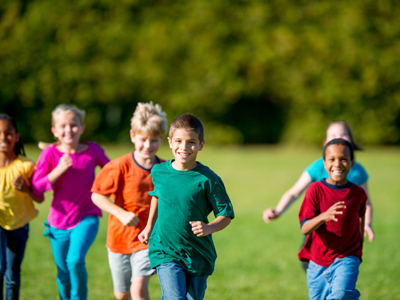
Respiration 02
Questions and answers about cellular respiration in animals and plants. What does aerobic mean?
This is a fun way to recap your secondary school learning.
Scroll down to play the quiz
This KS3 Science quiz takes a second look at respiration. Breathing provides oxygen for the process of releasing energy in living cells through cellular respiration. In animals and plants, cellular respiration is mainly aerobic. That means that oxygen is involved.
The other material that is required for aerobic cellular respiration is glucose. This is provided by digestion and is transported to body cells dissolved in the blood plasma. The oxygen is carried to body cells by the red blood cells. During cellular respiration, the glucose and oxygen react chemically to produce carbon dioxide and water, both of which need to be excreted from the body. The reaction provides the energy that keeps cells alive.
When you exercise, cellular respiration increases to provide your body with more energy.
To get more oxygen and glucose to your cells, your heart beats faster to pump more blood around your body and you breathe faster. To inhale, your chest muscles and diaphragm are used to increase the volume of your thoracic cavity. This reduces the pressure inside your lungs and air flows in from the outside through your windpipe. This is kept open and in a tubular shape by rings of cartilage which stop it collapsing in on itself.
Ready for more?
not all...
quizzers. Try to win a coveted spot on our Hall of Fame Page.







